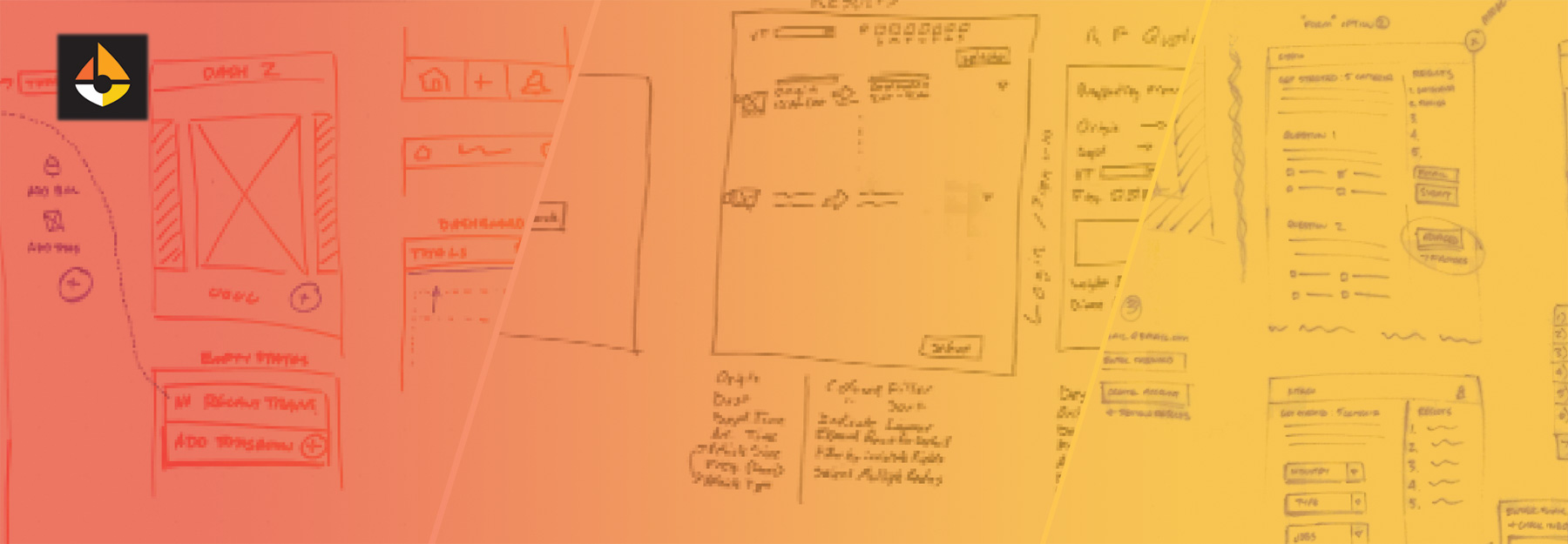How much are you really spending on “keeping the lights on” and just maintaining old software and systems?
Add one feature, break three…
We have all been there – you go to add a feature to an existing system so you can be more efficient or add a new capability and you end up breaking three other features in the process. This reality is a very expensive one, especially when custom coded applications are concerned.
Determining whether your organization is overspending on custom software maintenance is a cross-departmental and multifaceted process. It should involve a combination of financial analysis, performance evaluation, and strategic value consideration. More importantly, it should prompt the question: could a platform-based solution, especially a cloud-based one, deliver better value at a lower total cost of ownership?
Before you can determine whether you’re spending too much on software maintenance and decide whether to migrate to a platform solution, you need to quantify your current costs. You can’t analyze what you haven’t measured – and determining cost without knowing value results in making decisions in a vacuum.
Getting an accurate support and maintenance cost representation is only the first step. The ultimate answer may be that yes, you are spending too much—and the solution may lie in adopting a low-code platform that reduces maintenance burden while accelerating innovation.
The Platform Advantage: Why Custom Code Is Becoming Obsolete
Custom software development once represented the gold standard for businesses seeking tailored solutions. However, the maintenance burden of custom code has led forward-thinking organizations to embrace platform-based alternatives. Modern platforms, like Pega Systems (see Pega.com), offer the best of both worlds: the flexibility to meet unique business requirements without the crushing maintenance costs of custom development.
While many factors contribute to software support and maintenance costs, the following components reveal your true cost and how platform solutions can dramatically improve your value equation. We’ll break these tasks up by department:
Finance Department’s Evaluation: The Platform TCO Advantage
Cost Analysis:
- Break down the costs associated with maintaining custom software, including salaries of specialized developers, expensive legacy system licenses, third-party service providers, infrastructure costs, and ongoing development expenses.
- Compare these costs to platform-based solutions. Organizations using platforms like Pega Systems typically report 50-70% reduction in maintenance costs compared to custom-coded alternatives.
Total Cost of Ownership (TCO):
- Calculate the total cost of ownership over your software’s lifecycle, including initial development costs, ongoing maintenance, updates, subscriptions, and future enhancements.
- Platform solutions like Pega offer predictable subscription models with included upgrades, eliminating the surprise costs of custom code maintenance. Because Pega handles platform upgrades and maintains backward compatibility, your applications continue to benefit from new features without costly rewrites.
ROI and Cost-Benefit Analysis:
- Calculate the return on investment of your current custom software versus a platform migration. Consider not just cost savings, but also faster time-to-market for new features and reduced dependency on scarce technical resources.
- Platform-based development accelerates delivery by 3-5x compared to traditional custom development, enabling faster business value realization.
Customer Success Department’s Evaluation: User Experience Without the Wait
User Satisfaction and Feedback:
- Gather feedback from users regarding their experiences with the software. Are feature requests languishing in backlogs because custom code changes are too expensive or risky?
- Platform solutions like Pega enable business users and citizen developers to make changes through visual, low-code interfaces, dramatically reducing the time between request and delivery. This responsiveness directly correlates to higher user satisfaction.
Agility and Innovation:
- Consider how quickly your current solution adapts to changing business needs. Custom software often requires lengthy development cycles for even minor changes.
- Pega’s model-driven architecture allows business analysts to configure workflows, rules, and interfaces without traditional coding, enabling same-day changes that would take weeks or months in custom code.
Engineering Department’s Evaluation: Technical Excellence Through Platforms
Performance Evaluation:
- Assess your software’s performance and stability. Custom solutions often accumulate technical debt, leading to frequent errors, bugs, and crashes that increase maintenance costs and disrupt operations.
- Modern platforms like Pega are built on cloud-native architectures with enterprise-grade performance, scalability, and reliability built in. You benefit from continuous platform improvements without managing the underlying infrastructure.
Technical Debt and Code Quality:
- Assess the level of technical debt in your custom software. Every line of custom code represents future maintenance liability. Technical shortcuts taken during rushed development projects compound over time.
- Platform-based solutions eliminate much of this technical debt. With Pega, you’re building on a maintained, tested platform rather than accumulating custom code that will require ongoing refactoring and updates.
Upgrade and Modernization Path:
- Consider the effort required to adopt new technologies or migrate to modern infrastructure with your custom solution. These migrations can cost millions and take years.
- Pega continuously modernizes its platform, and because applications are built on declarative models rather than hard-coded logic, they automatically benefit from platform upgrades. This means you stay current with technology trends without expensive rewrites.
Risk and Impact Analysis:
- Consider the risks associated with maintaining aging custom code. Security vulnerabilities, compatibility issues with modern systems, and difficulty finding developers skilled in legacy technologies all increase risk.
- Platforms like Pega provide enterprise-grade security, regular patches, and compliance certifications maintained by the platform vendor, dramatically reducing your security and compliance burden.
Operations Department’s Evaluation: Strategic Business Value
Business Value and Competitive Advantage:
- Determine whether your custom software truly provides competitive differentiation or whether it simply replicates capabilities available in modern platforms. Most custom software performs standard business functions that platforms handle out-of-the-box.
- Focus your differentiation where it matters. Pega Systems excels at case management, workflow automation, customer engagement, and decision management—capabilities that took years to build in custom code but are platform features you can configure and deploy in weeks.
Vendor Ecosystem and Support:
- Evaluate your support model. Custom software often relies on the original developers or institutional knowledge that walks out the door with employee turnover.
- Platform vendors like Pega provide professional support, comprehensive documentation, training programs, and vibrant user communities. This support infrastructure ensures continuity regardless of staff changes.
Integration and Future-Proofing:
- Consider how well your custom solution integrates with modern SaaS applications, APIs, and emerging technologies like AI.
- Pega offers pre-built connectors for hundreds of enterprise systems and includes AI-powered capabilities like natural language processing, predictive analytics, and intelligent automation as platform features, making it simple to adopt cutting-edge capabilities without custom development.
Engage Experts for an Accurate Platform Evaluation
Determining costs with an existing team heavily invested in custom code may produce biased results. Consider engaging with subject matter experts who understand both custom development and platform-based alternatives. A proper evaluation should assess:
- Current total cost of ownership for custom software
- Platform capabilities that match or exceed current functionality
- Migration paths and associated one-time costs
- Projected ongoing costs with platform-based approaches
- Risk reduction and business agility improvements
Make Your Decision & Plan Your Transition
Once you’ve performed a thorough cost-benefit analysis comparing custom software maintenance to platform adoption, the path forward often becomes clear. Organizations consistently find that platforms deliver:
- 50-70% reduction in ongoing maintenance costs
- 3-5x faster delivery of new capabilities
- Reduced dependency on scarce technical resources
- Better user experiences through faster iteration
- Lower technical risk through vendor-managed infrastructure
- Continuous modernization without expensive rewrites
Don’t fall into the trap of analyzing once and assuming results hold indefinitely. Technology landscapes evolve rapidly, and platform capabilities expand continuously. Schedule regular reviews—every six to twelve months—to reassess your approach and ensure you’re optimizing value.
The Platform Future Is Now
The era of building everything from scratch has passed. Modern platforms like Pega Systems, Salesfoce and many others, offer sophisticated capabilities that once required years of custom development, delivered through configurable, maintainable solutions that evolve with your business needs.
If you determine your company is paying too much to support custom software, exploring platform-based alternatives isn’t just prudent—it’s essential for remaining competitive. The question is no longer whether to adopt platform thinking, but rather how quickly you can begin your transformation.
Ready to explore how you can reduce your maintenance burden while accelerating innovation? The strategic process begins with understanding your current state, evaluating platform capabilities, and charting a migration path that balances risk with reward. Organizations that make this transition consistently report not just cost savings, but fundamental improvements in agility, user satisfaction, and competitive positioning.



